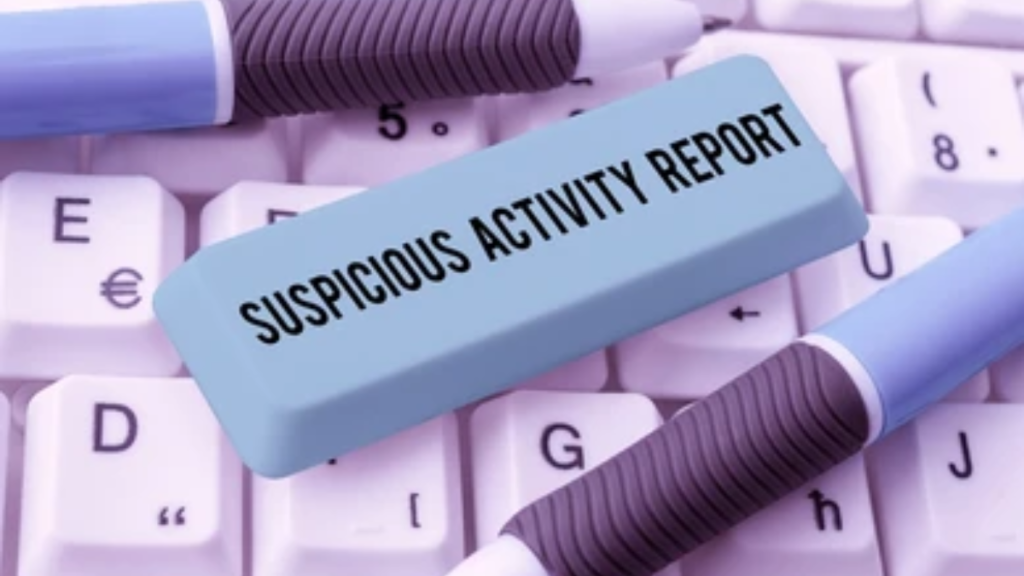Being aware of your surroundings is an essential step toward ensuring personal and community safety. Recognizing the warning signs of suspicious activity can help prevent crimes and protect lives. Whether you’re at home, commuting, or in a public space, spotting unusual behavior early can make a significant difference.
This guide will outline key indicators of suspicious activity, explain why certain behaviors are concerning, and provide actionable steps on how to respond effectively.
Understanding Suspicious Activity
Suspicious activity includes behaviors that seem out of place, unusual, or potentially dangerous. While not every unusual action signals a crime, a pattern of questionable behavior could indicate an imminent threat. Trusting your instincts and taking appropriate action can help prevent harmful situations.
Common Signs of Suspicious Behavior
1. Strangers Loitering Without Purpose
If you notice unfamiliar individuals lingering around residential areas, businesses, schools, or parking lots for extended periods without a clear reason, they could be scouting for criminal opportunities. Criminals often study their target areas before committing offenses.
2. Unusual Vehicle Behavior
Vehicles parked in the same spot for a long time without clear reasons, circling a neighborhood repeatedly, or stopping in front of homes without interaction can be suspicious. These signs could indicate potential surveillance or illegal activity.
3. Attempted Unauthorized Entry
Someone trying to open locked doors, peering through windows, or tampering with security systems may be looking for ways to break in. Even if they claim to be lost or searching for someone, such behavior should be reported to law enforcement.
4. Inappropriate Clothing for Weather Conditions
People wearing bulky jackets, masks, or gloves in warm weather might be attempting to conceal their identity or weapons. Such behavior, especially in high-traffic areas, should raise concern.
5. Tampering with Security Equipment
If you notice someone adjusting or damaging security cameras, motion sensor lights, or alarm systems, they may be preparing for a crime. Report such incidents immediately to authorities.
6. Strangers Asking Unusual Questions
Individuals asking for unnecessary details about home security systems, work schedules, or neighborhood layouts may be gathering information for criminal activities. If someone inquires about your daily routines without a reasonable explanation, remain cautious and avoid sharing personal details.
7. Nervous or Anxious Behavior
Someone displaying extreme nervousness, frequently looking over their shoulder, avoiding eye contact, or appearing uneasy in public spaces might be planning illegal activity. Body language can often reveal suspicious intent.
What to Do If You Spot Suspicious Activity
1. Stay Observant and Take Notes
If you notice suspicious behavior, mentally or physically document key details about the person, such as appearance, clothing, behavior, and distinguishing features like tattoos or scars. Note the location, time, and any associated vehicle information, such as make, model, and license plate number.
2. Avoid Direct Confrontation
Do not approach or engage with a potentially dangerous person. Instead, observe from a safe distance while ensuring your own security. Confrontation could escalate the situation unnecessarily.
3. Report to Authorities
If you suspect criminal intent, contact local law enforcement immediately. Provide them with specific details regarding what you observed to help them assess the situation effectively.
4. Join or Establish a Neighborhood Watch Program
Community watch programs can help neighborhoods stay alert to suspicious behavior. Collaborating with law enforcement and neighbors fosters a proactive approach to crime prevention.
5. Secure Your Property
Installing security cameras, motion-sensing lights, and strong locks can help deter criminals. Regularly checking and maintaining your security systems ensures they function properly when needed.

How Communities Can Work Together for Safety
Neighborhood safety improves when residents remain vigilant and communicate effectively. Encourage your community to stay informed about recent crimes and report any unusual incidents to local authorities. Cooperation among residents strengthens the overall security of an area.
1. Strengthening Gun and Security Laws
Supporting and advocating for laws that promote safe firearm storage, stricter gun regulations, and enhanced security measures can prevent weapons from falling into the wrong hands.
2. Implementing Stricter School and Workplace Security Measures
Schools and workplaces can adopt stricter security policies, including controlled access, ID verification, and increased surveillance, to deter potential threats.
3. Increasing Awareness of Domestic and Public Safety Risks
Educating people about domestic violence, child exploitation, and other common risks can help individuals recognize and report issues before they escalate.
4. Encouraging Mental Health and Addiction Support
Providing more accessible mental health and substance abuse treatment can help reduce crime by addressing underlying issues that contribute to criminal behavior.
Final Thoughts
Staying aware of your surroundings and recognizing suspicious behavior can prevent crime and enhance community safety. By identifying warning signs, reporting concerns, and working together, individuals and communities can deter criminals and foster a safer environment.
If you witness suspicious activity or feel unsafe, do not hesitate to contact law enforcement. For additional safety resources, visit the Department of Homeland Security’s website.
Disclaimer – Our team has carefully fact-checked this article to make sure it’s accurate and free from any misinformation. We’re dedicated to keeping our content honest and reliable for our readers.
